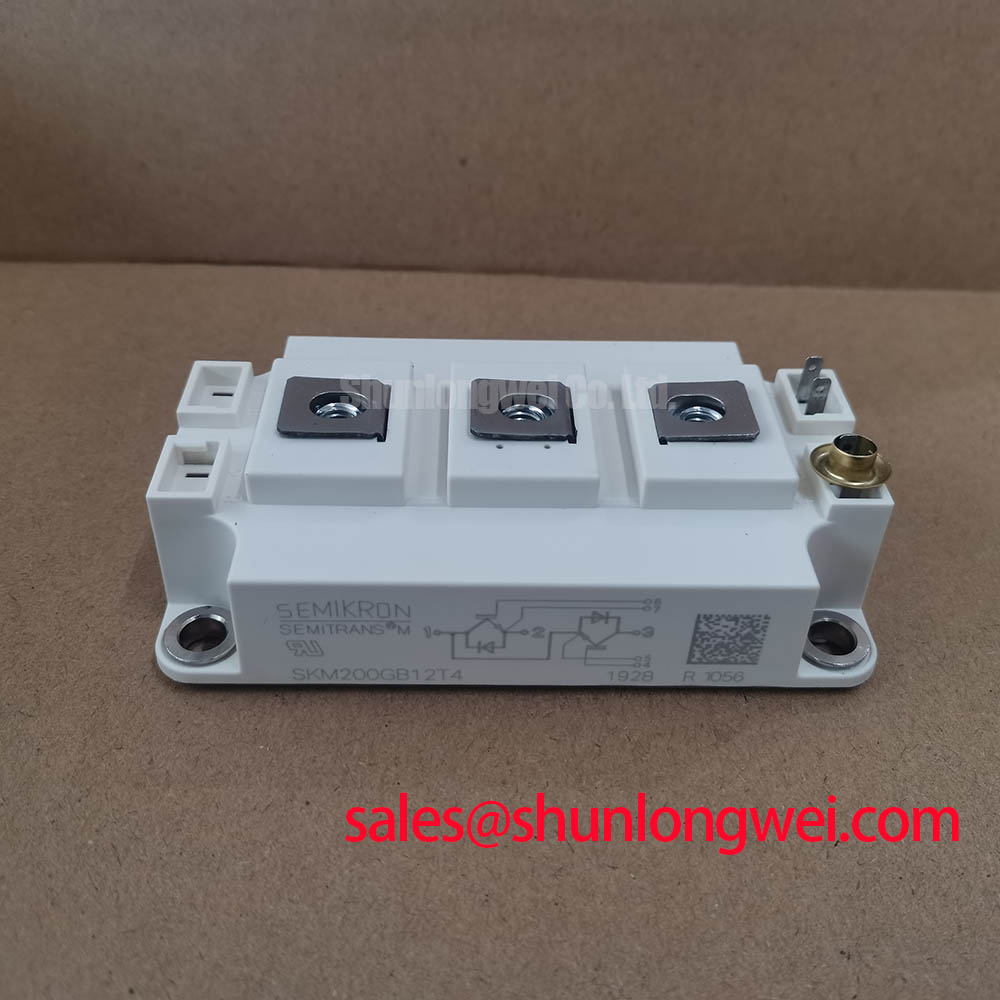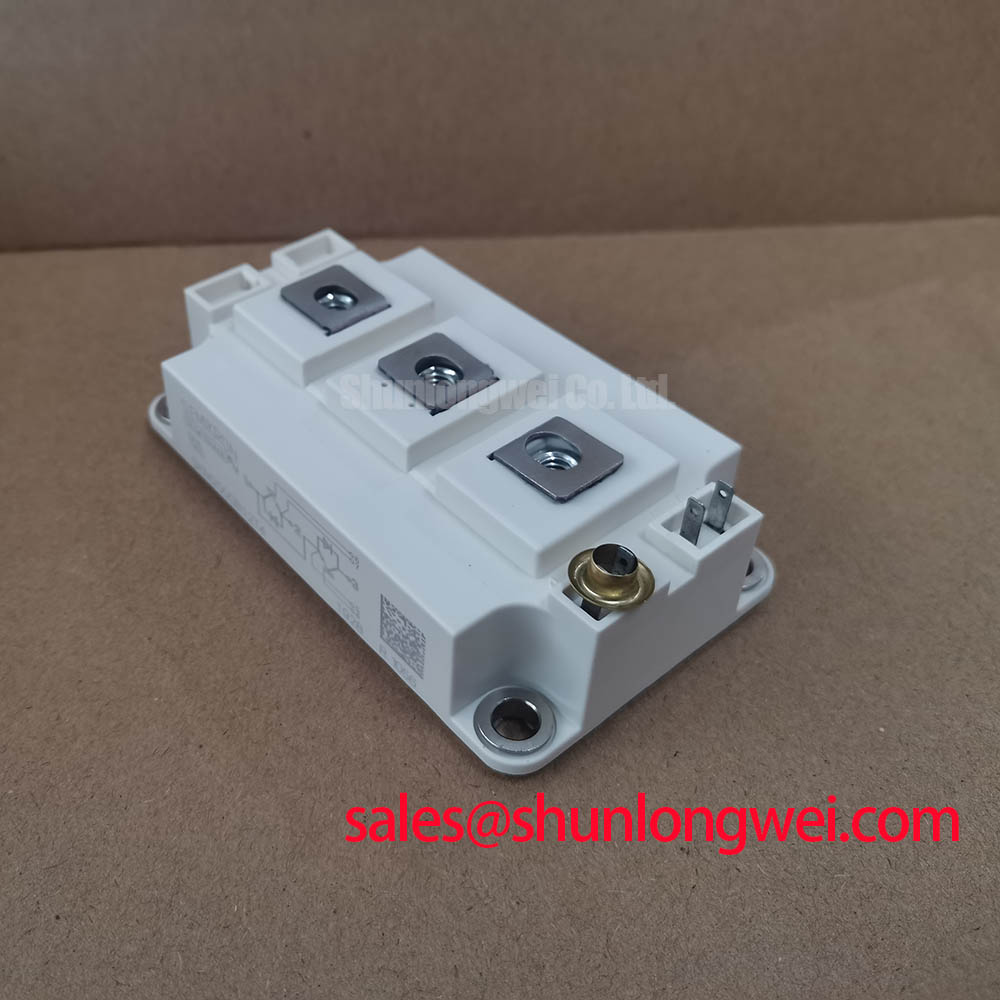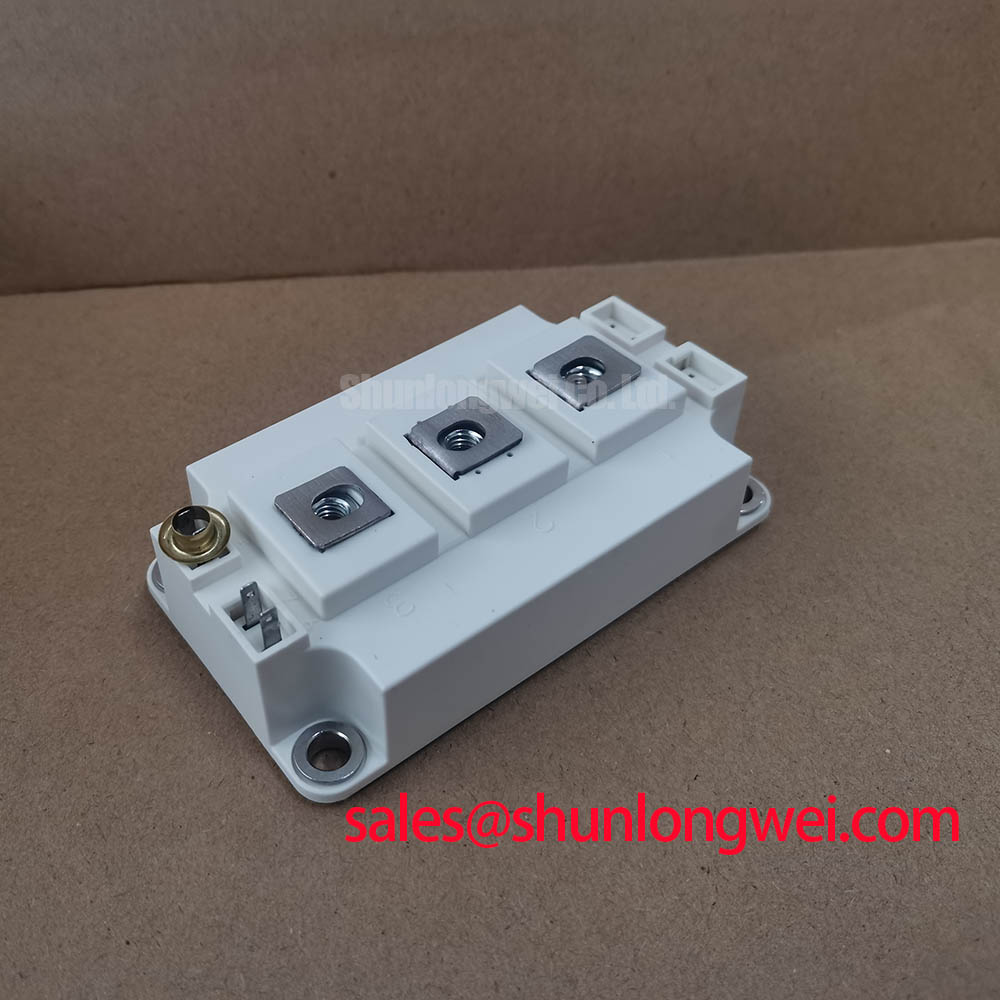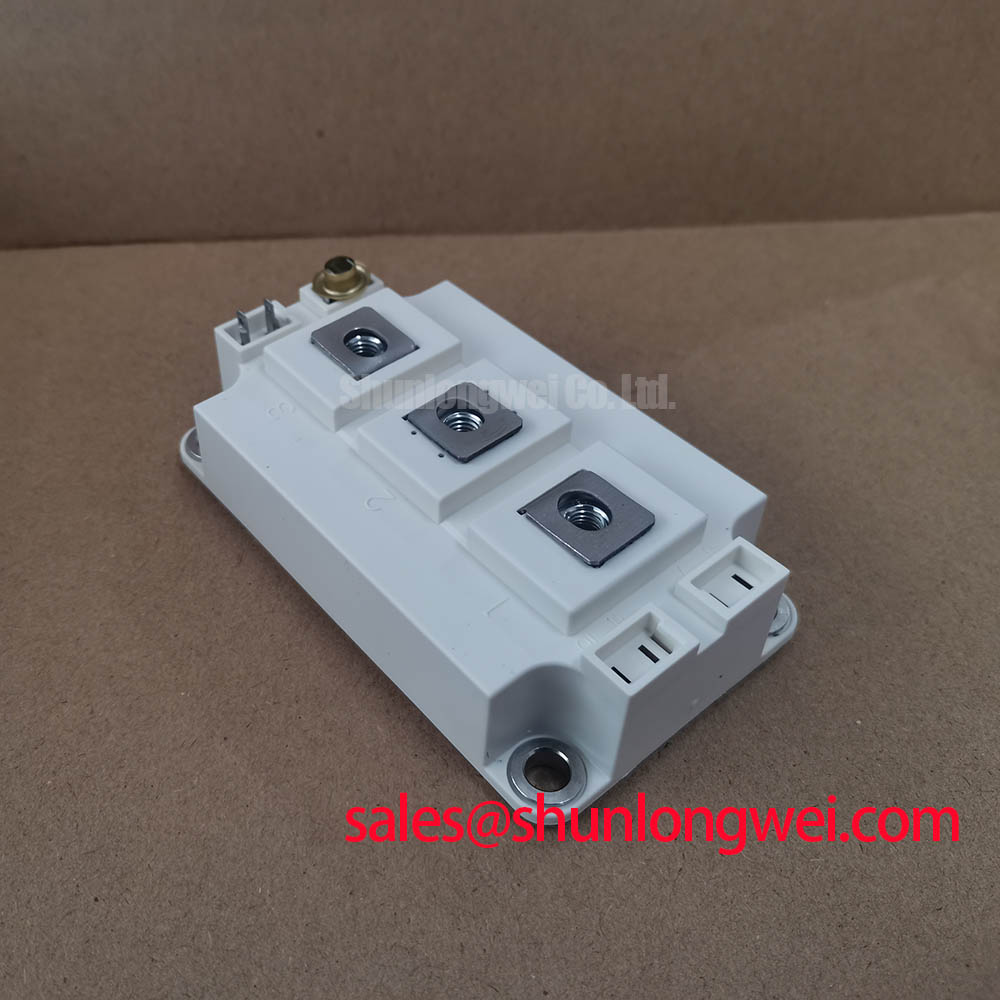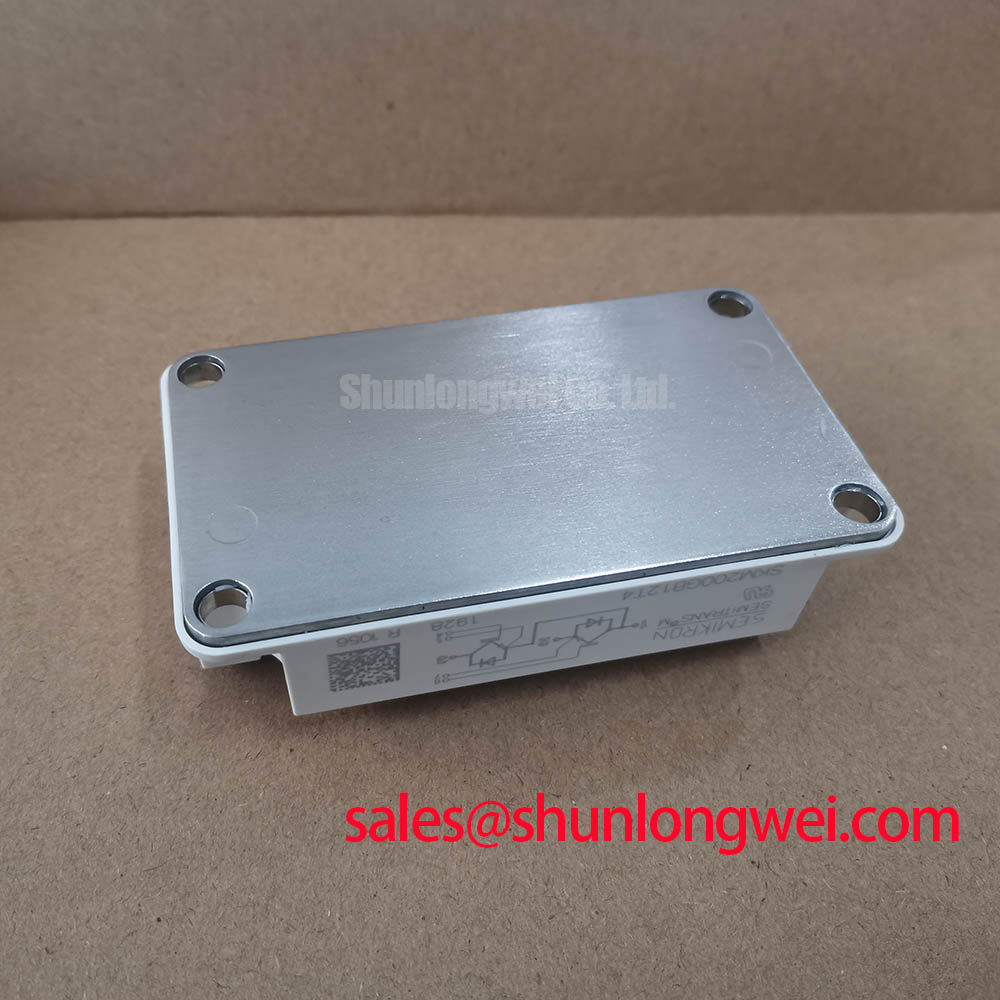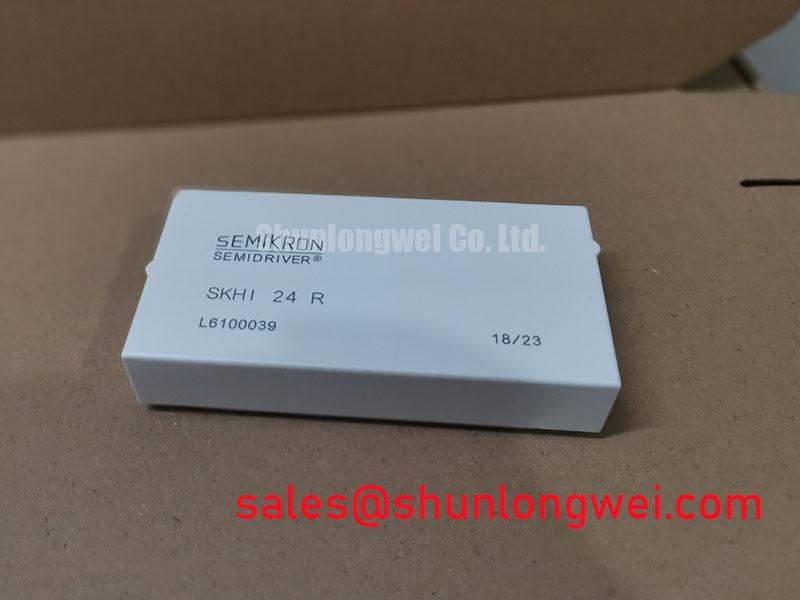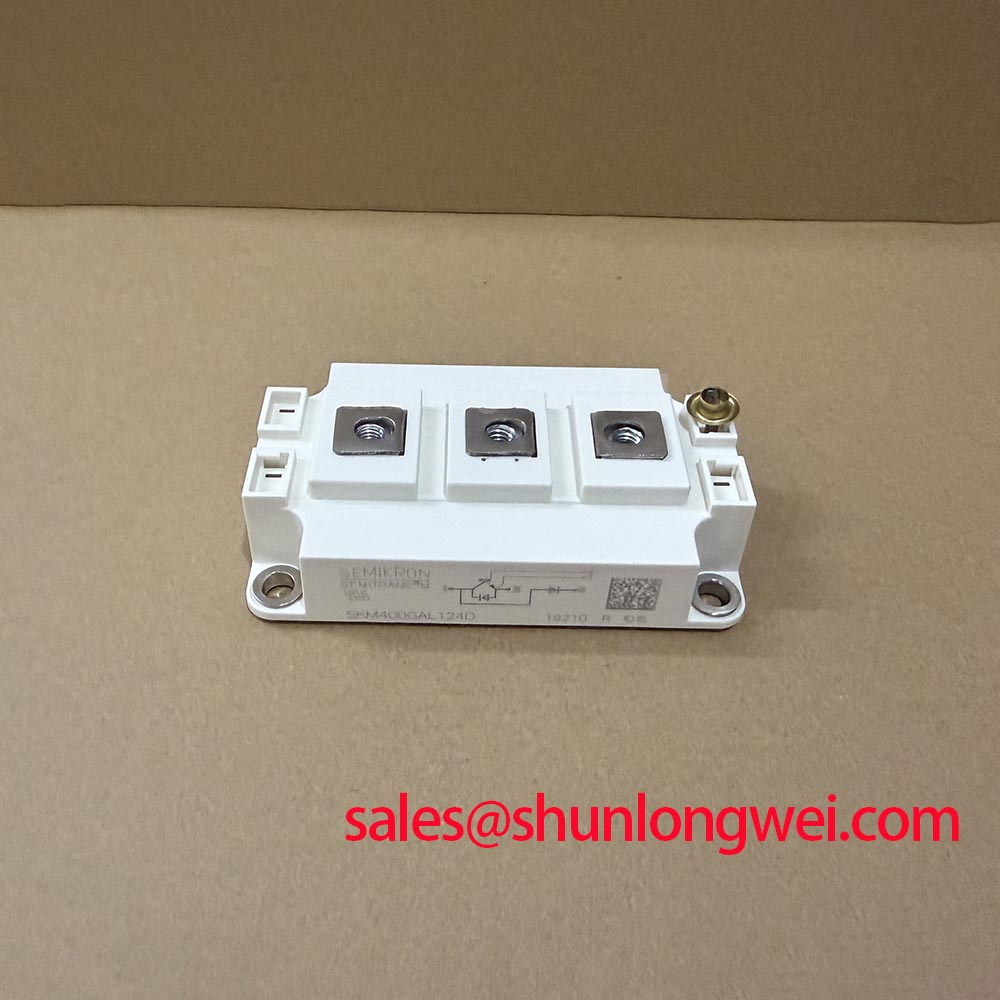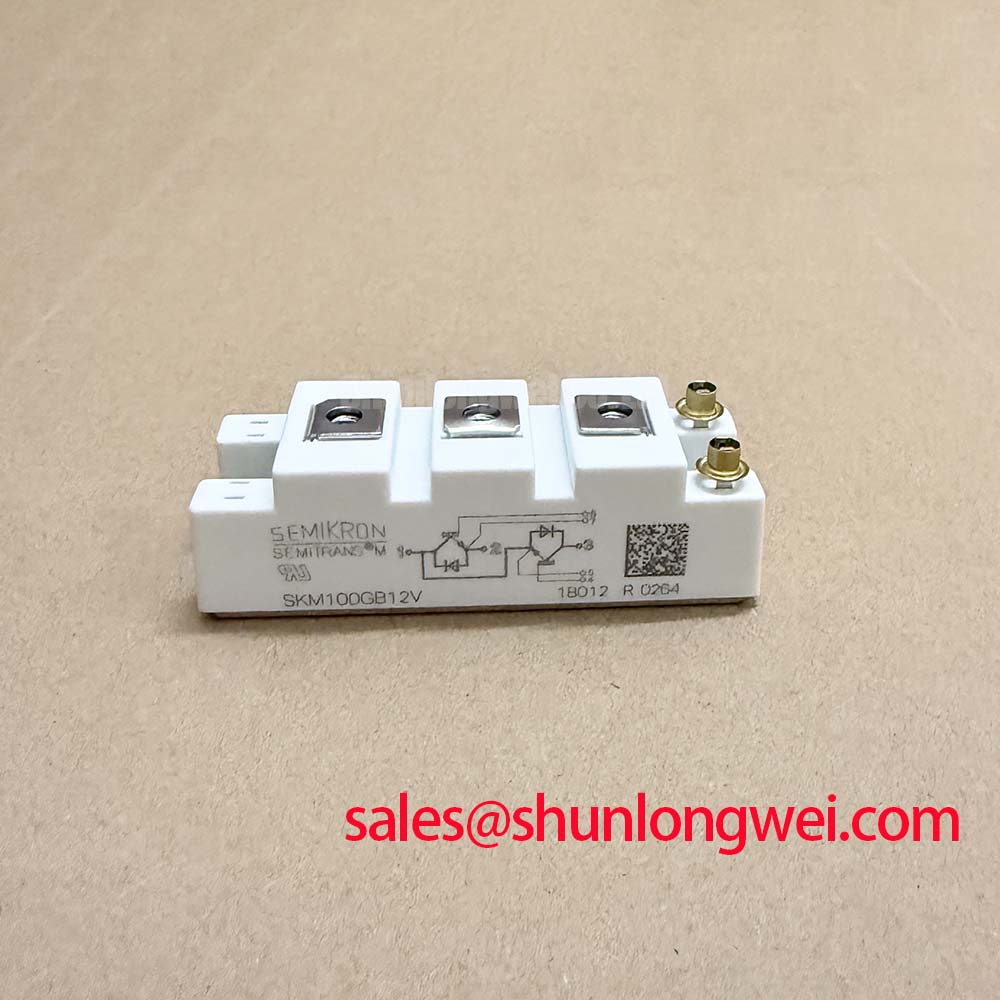Content last revised on November 18, 2025
SKM200GB12T4: High-Efficiency 1200V IGBT Module for Demanding Drive Applications
The SKM200GB12T4 is a SEMITRANS® 3 IGBT Module engineered for exceptional efficiency and reliability in high-frequency power conversion systems. It combines a robust 1200V blocking voltage with a 200A nominal current rating and a low typical VCE(sat) of 1.8V (@25°C), delivering a powerful solution for reducing switching and conduction losses. Key benefits include superior thermal performance due to Direct Copper Bonding (DBC) technology and enhanced system robustness from its integrated fast and soft inverse CAL diodes. This module directly addresses the need for reliable power stages in systems requiring precise control and high efficiency. What is the key advantage of its VCE(sat) positive temperature coefficient? It simplifies parallel operation for scaling power output. For industrial drives requiring robust performance up to 20 kHz, the SKM200GB12T4 offers an optimized balance of speed and low losses.
Key Parameter Overview
Decoding the Specs for Enhanced Thermal Reliability
The technical specifications of the SKM200GB12T4 are carefully balanced to provide robust electrical performance and thermal stability. The parameters below highlight its suitability for high-frequency switching applications where managing heat and ensuring reliable operation under load are critical engineering considerations.
| Parameter | Condition | Value | Engineering Significance |
|---|---|---|---|
| Collector-Emitter Voltage (VCES) | Tj = 175 °C | 1200 V | Provides a substantial safety margin for applications running on 400V to 575V AC lines, ensuring reliability against voltage transients. |
| Nominal Collector Current (ICnom) | - | 200 A | Defines the module's baseline current handling capability, suitable for a wide range of medium to high-power motor drives and inverters. |
| Collector-Emitter Saturation Voltage (VCE(sat)) | IC = 200 A, Tj = 150 °C | 2.2 V (typ.) | A low VCE(sat) directly translates to lower conduction losses, which reduces heat generation and improves overall system efficiency. |
| Short Circuit Withstand Time (tpsc) | VGE ≤ 15 V, Tj = 150 °C | 10 µs | This critical safety feature ensures the module can survive fault conditions for a specified duration, preventing catastrophic failure and enhancing system-level robustness. |
| Total Power Dissipation (Ptot) | Tc = 25 °C | 1150 W | Indicates the maximum amount of heat the module can dissipate, a key factor for effective heatsink design and thermal management strategy. |
| Thermal Resistance, Junction to Case (Rth(j-c)) | per IGBT | 0.13 K/W | Represents the efficiency of heat transfer from the IGBT chip to the case. A lower value like this simplifies thermal design, allowing for smaller heatsinks or higher power density. |
Download the SKM200GB12T4 datasheet for detailed specifications and performance curves.
Application Scenarios & Value
Achieving System-Level Benefits in High-Frequency Power Conversion
The SKM200GB12T4 is expertly suited for power conversion systems where efficiency, power density, and reliability are paramount. Its design provides tangible value in several demanding industrial applications.
A primary application is in Variable Frequency Drives (VFDs) used for motor control in manufacturing, HVAC, and material handling. In a VFD for a high-inertia conveyor system, the module’s low switching losses (Eon = 21 mJ, Eoff = 27 mJ @ 150°C) become critical. Lower losses mean less waste heat, enabling a more compact drive design and reducing the total cost of ownership through energy savings. The integrated CAL4 freewheeling diode, known for its soft recovery characteristics, helps to minimize voltage overshoots and electromagnetic interference (EMI), simplifying compliance with standards like IEC 61800-3.
The module is also a strong candidate for Uninterruptible Power Supplies (UPS) and high-frequency Welding Power Supplies. In these systems, the ability to switch efficiently at frequencies up to 20 kHz allows for smaller magnetic components, contributing to a higher overall power density. The module's robust short-circuit withstand time (10 µs) provides a crucial layer of protection against unexpected load conditions, a common challenge in welding applications. For systems requiring precise gate control to leverage these capabilities, the complementary SKHI 24 R gate driver is an appropriate counterpart.
Technical Deep Dive
A Closer Look at the 4th Generation Trench IGBT and CAL Diode Technology
The performance of the SKM200GB12T4 is rooted in its use of Infineon's 4th generation Trench Field-Stop IGBT (IGBT4) technology and a complementary CAL4 (Controlled Axial Lifetime) freewheeling diode. This combination is specifically engineered to optimize the trade-off between conduction losses, represented by VCE(sat), and switching losses (Eon/Eoff).
The "Trench" structure of the IGBT creates a vertical gate, which increases the channel density on the chip compared to older planar designs. Think of it like building a skyscraper instead of a single-story building on the same plot of land; you get more capacity in the same footprint. This higher density is a key reason for the module's low VCE(sat) of 1.8V at 200A and 25°C, which minimizes heat generation during the on-state. The "Field-Stop" layer works in tandem to reduce the thickness of the IGBT, which shortens the time required to remove charge carriers during turn-off, thus enabling faster switching and lower Eoff losses.
Equally important is the CAL4 diode. Its "soft" recovery characteristic is crucial for reducing EMI. When the diode turns off, a "snappy" or abrupt recovery can induce high voltage spikes and ringing, requiring larger snubber circuits. The soft recovery of the CAL4 diode acts like a shock absorber, smoothing this transition, which simplifies the overall inverter design and helps engineers meet stringent EMC regulations more easily.
Frequently Asked Questions (FAQ)
What is the primary benefit of the positive temperature coefficient of VCE(sat) in the SKM200GB12T4?
The positive temperature coefficient means that as the IGBT chip heats up, its on-state voltage drop (VCE(sat)) increases. This characteristic is highly beneficial for paralleling modules to achieve higher current output. It forces the current to naturally balance between the parallel devices, preventing one module from taking on a disproportionate share of the load and leading to thermal runaway.
How does the Direct Copper Bonding (DBC) technology contribute to the module's reliability?
DBC technology uses a ceramic insulator (typically Al2O3) bonded directly between the copper baseplate and the circuit layer. This construction offers excellent electrical isolation and superior thermal conductivity compared to traditional insulated metal substrates. It results in a lower thermal resistance (Rth(j-c)), allowing heat to be extracted more efficiently from the IGBT and diode chips. This leads to lower operating junction temperatures and improved power cycling capability, enhancing the module's long-term operational life.
What does the "soft" recovery of the CAL4 inverse diode mean for a design engineer?
A "soft" diode recovery means the reverse recovery current subsides gradually rather than abruptly. This behavior significantly reduces voltage overshoots and high-frequency oscillations (ringing) during the turn-off phase. For an engineer, this translates into lower electromagnetic interference (EMI), a more stable switching waveform, and potentially smaller or simpler snubber circuits, which saves board space and component cost.
Is the SKM200GB12T4 suitable for hard-switching topologies?
Yes, absolutely. The module is specifically designed for hard-switching applications. The combination of fast trench IGBTs and soft CAL4 diodes is optimized to minimize losses and manage switching stresses in topologies like Pulse Width Modulation (PWM) inverters, which are standard in VFDs and UPS systems.
What are the key considerations when designing a gate drive circuit for this module?
Given the module's fast switching capabilities, a well-designed gate driver is crucial. Key considerations include: providing the recommended gate voltages (typically +15V for turn-on and -8V to -15V for turn-off) to ensure full enhancement and prevent parasitic turn-on; using a low-inductance layout for the gate drive loop to maintain signal integrity; and ensuring the driver has sufficient peak current capability to charge and discharge the IGBT's input capacitance (Cies = 12.3 nF) quickly for efficient switching.
An Engineer's Perspective
From a design standpoint, the SKM200GB12T4 is a workhorse module built on proven technology. Its specifications are not about headline-grabbing numbers but about providing a balanced, reliable, and predictable component for industrial power electronics. The inclusion of features like a 10µs short-circuit rating and the well-matched IGBT-diode pairing gives engineers the confidence to design robust systems that can withstand the rigors of real-world industrial environments. The focus on thermal efficiency via the DBC baseplate and low conduction losses simplifies one of the biggest challenges in power design: getting the heat out effectively.

